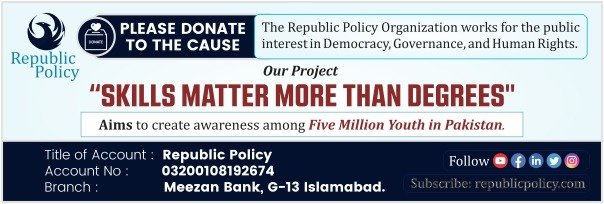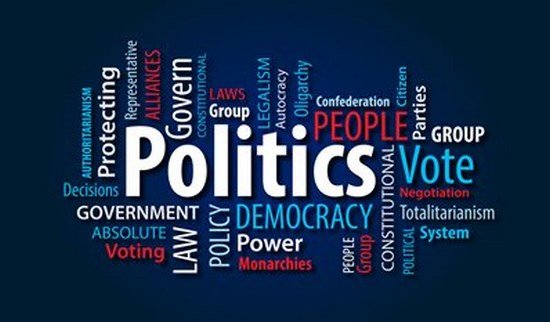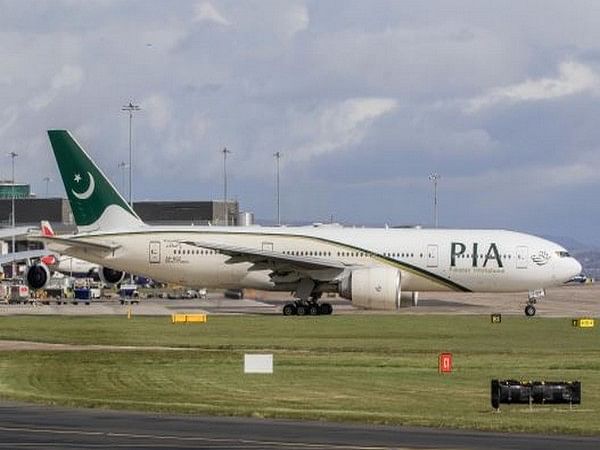Tahir Maqsood Chheena
In Pakistan, public discourse and media narratives overwhelmingly suggest that politicians are the primary culprits behind corruption and governance failures. Every scandal, mismanagement incident, or failed policy is typically laid at the feet of elected representatives. It is true that some politicians have been involved in corruption, and there is an undeniable need for greater transparency and accountability in the political system. However, the other side of the picture receives far less attention: the entrenched, permanent bureaucracy that forms the backbone of the state and plays a consistent, often invisible role in the country’s governance failures.
Politicians spend much of their careers either in opposition or outside of formal power. Even when they govern, their tenure is short and frequently disrupted. A prime minister may serve four to five years, but senior bureaucrats remain in power for 30 to 35 years, often continuing their influence post-retirement through advisory roles, contractual positions, or international appointments. This continuity gives the bureaucracy a level of enduring power that no political government can match.
Federal secretaries, provincial secretaries, institutional heads, and category-one officers are the class that practically runs the state machinery. Every critical matter—from policy formulation to financial execution—passes through their desks. Land allotments, development fund distributions, contract approvals, and even international agreements are primarily shaped under their supervision. Politicians often play a ceremonial role, approving files that have already been processed and decided by bureaucratic hands.
The lifestyle of the bureaucracy, dual nationalities, overseas assets, and deep family networks indicate that this class is not only financially secure but also politically adaptive. They skillfully align themselves with every incoming government. Interestingly, dual nationality is considered unacceptable for politicians but rarely questioned for bureaucrats. Their assets are often parked under the names of spouses, children, or frontmen, creating a discreet but highly organized web of corruption that silently erodes the state from within.
While politicians face regular accountability drives, the bureaucracy’s scrutiny is either superficial or entirely ineffective. This imbalance allows the real centers of administrative power to operate without fear of consequences. If Pakistan is to pursue genuine governance reforms, merely targeting politicians will never be enough. The hidden, continuous influence of the bureaucratic elite must be addressed.
Reform requires bringing the administrative, financial, and legal powers of the bureaucracy under transparent oversight. This means implementing strong monitoring systems, digitized records, and independent audit mechanisms that prevent unchecked authority. A coordinated public and political campaign is necessary to expose and address the systemic dominance of the bureaucracy, which has long escaped meaningful accountability.
Media, policymakers, and public intellectuals need to shift the national narrative. They must ask: who holds the real, unchallenged power within the state, and why has this power remained beyond the reach of serious reform? Without confronting the bureaucracy’s deep-seated influence, no political change can deliver lasting improvements in governance or reduce corruption.
In conclusion, Pakistan’s struggle against corruption and mismanagement cannot succeed unless the state acknowledges and reforms the unaccountable bureaucratic structure that underpins its governance system. Otherwise, every new government will merely become a puppet of the same entrenched, corrupt, and unchecked administrative machinery—perpetuating the very cycle of dysfunction that has trapped the country for decades.















